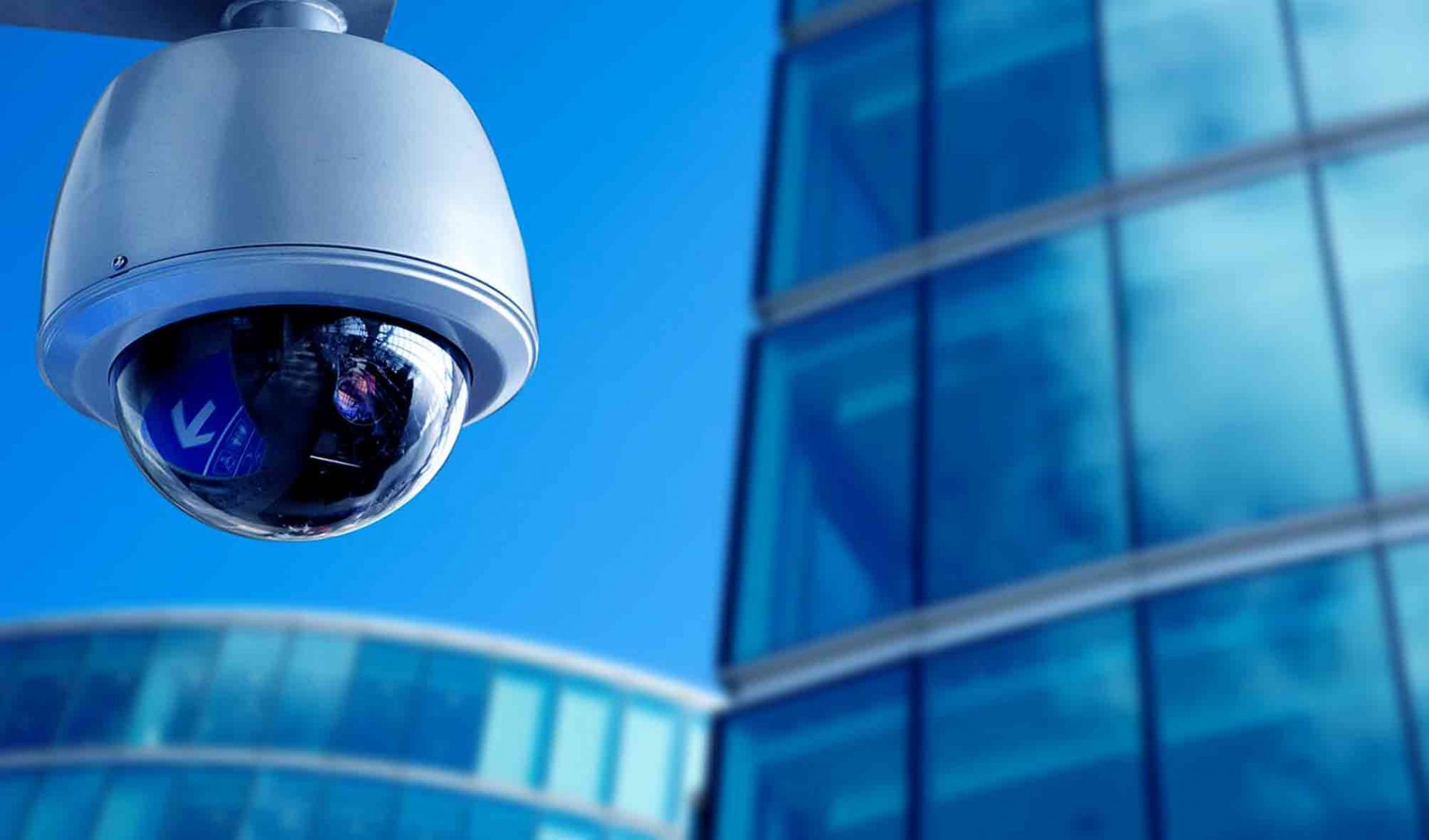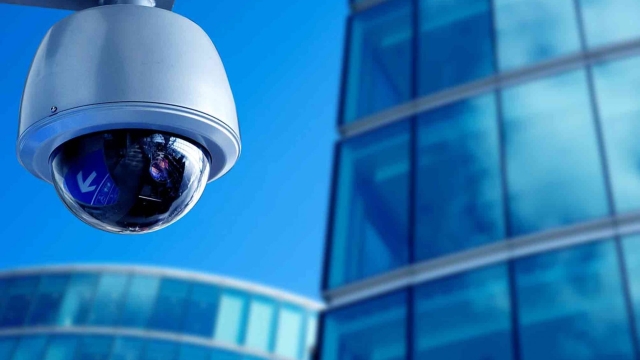
Imagine walking down a bustling city street, surrounded by the ebb and flow of daily life. In the midst of the chaos, your eyes catch a glimpse of an unassuming device perched on a lamppost or tucked into a corner of a building. It’s a security camera, silently watching over its surroundings. These inconspicuous devices have become an integral part of our modern world, enhancing safety and security in both public and private spaces. In this article, we will delve into the world of security cameras, exploring their various uses, benefits, and implications for our society.
With advancements in technology, security cameras have evolved from bulky, grainy images to sleek, high-definition monitoring systems. From retail stores aiming to deter shoplifters to city officials ensuring public safety, security cameras have become an indispensable tool in safeguarding our homes, businesses, and neighborhoods. Their watchful gaze acts as a deterrent, dissuading potential wrongdoers and providing a sense of reassurance to those being watched.
While the primary purpose of security cameras is to prevent and detect crime, their benefits extend far beyond that. Not only can they capture valuable evidence in the event of an incident, but they can also enhance the overall safety and efficiency of various environments. For instance, in traffic management, security cameras help monitor and alleviate congestion, contributing to smoother transportation experiences. Moreover, their presence in public spaces fosters a sense of accountability, reducing the likelihood of antisocial behavior and promoting a safer environment for all.
However, the increasing prevalence of security cameras has also sparked debates regarding privacy and the potential for abuse. With these watchful eyes capturing our every move, concerns about intrusion and surveillance have come to the forefront. Striking a delicate balance between security and privacy is crucial to ensure the responsible use of these devices. As we explore the world of security cameras, we will delve into the legal and ethical considerations surrounding their deployment and discuss how different societies and jurisdictions navigate these complex issues.
Join us on this informative journey as we unveil the watchful eye of security cameras, learning about their impact on our communities, the potential risks and rewards they present, and the ever-evolving landscape they inhabit. In understanding the intricacies of this technology, we can make better-informed decisions about their implementation and collectively create safer, more secure environments for all.
Types of Security Cameras
When it comes to security cameras, there are various types available to suit different needs and requirements. Let’s take a closer look at some of the commonly used security camera types.
Security Camera RepairsDome Cameras:
Dome cameras are one of the most popular choices for surveillance systems. These cameras are characterized by their dome-shaped housing, which makes it difficult for people to identify the direction in which the camera is pointing. Dome cameras are often used for indoor surveillance in areas like retail stores, hotels, and offices.Bullet Cameras:
Bullet cameras, as the name suggests, have a sleek bullet-like shape. These cameras are typically larger in size compared to dome cameras and are commonly used for outdoor surveillance. They are easily visible and can act as a deterrent for potential intruders. Bullet cameras are often equipped with infrared night vision capabilities to ensure effective monitoring even in low-light conditions.PTZ Cameras:
PTZ (Pan-Tilt-Zoom) cameras are designed to provide flexible surveillance coverage. These cameras can be remotely controlled and adjusted to pan horizontally, tilt vertically, and zoom in or out. PTZ cameras are commonly used in large areas where continuous monitoring is required, such as casinos, stadiums, and parking lots.
Each type of security camera offers its own set of features and benefits, allowing users to choose the most suitable option for their specific security needs. By understanding the different types of security cameras available, you can make an informed decision to enhance the safety and security of your premises.
Benefits of Security Cameras
Security cameras provide numerous advantages in safeguarding individuals and property. Firstly, they act as a deterrent to potential criminals, as the presence of surveillance cameras increases the likelihood of being identified and apprehended. This alone can significantly reduce the risk of crimes such as theft, vandalism, or trespassing.
Secondly, security cameras offer invaluable assistance in investigations. In the unfortunate event of a crime occurring, the recorded footage can serve as crucial evidence, aiding law enforcement agencies in identifying suspects and bringing them to justice. The ability to capture real-time footage also allows for prompt action to be taken, enhancing the overall effectiveness of security measures.
Lastly, security cameras contribute to the overall sense of safety and peace of mind. Knowing that surveillance cameras are in place can alleviate concerns and fears, both for individuals and communities. This sense of security promotes a healthier and more comfortable living environment, fostering stronger relationships and a more cohesive society.
In conclusion, security cameras serve as a powerful tool in preventing crime, supporting investigations, and creating a safer atmosphere for all. By acting as a deterrent, providing evidence, and enhancing peace of mind, these devices play an essential role in maintaining security and protecting what matters most.
Privacy Concerns
Security cameras have become a ubiquitous presence in our modern society, providing a sense of safety and surveillance in various public and private spaces. However, the rapid proliferation of these devices has sparked concerns regarding privacy.
Firstly, one of the primary worries associated with security cameras is the potential invasion of personal privacy. These cameras, whether installed in public areas or within the confines of our own homes, have the ability to capture and record our every move. This constant scrutiny raises questions about the extent to which our actions can be monitored, creating an unsettling feeling of being constantly watched.
Secondly, the issue of data security arises in relation to these surveillance systems. As security cameras capture vast amounts of footage, there is the risk of this information falling into the wrong hands. If not properly safeguarded, the recorded data can be susceptible to hacking or unauthorized access, leading to privacy breaches and potential misuse of personal information.
Lastly, the advent of advanced facial recognition technology has added a new dimension to the privacy concerns surrounding security cameras. Facial recognition algorithms coupled with widespread surveillance can enable authorities or private entities to track individuals’ movements and activities in real-time. This constant monitoring raises valid concerns regarding personal freedom and the potential for abuse.
As the prevalence of security cameras continues to grow, addressing these privacy concerns becomes crucial. Striking a balance between effective surveillance for the sake of safety and respecting individuals’ rights to privacy is a challenge that must be met. By implementing clear regulations and guidelines surrounding the use, storage, and access of recorded footage, we can strive towards a society where security and privacy coexist harmoniously.


